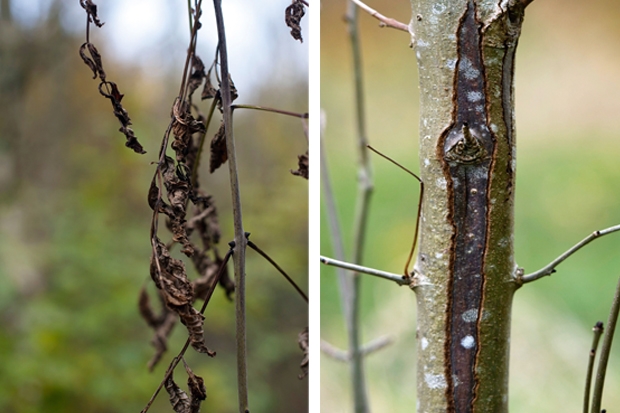The ash tree may lack the solidity of oak, the magnificence of beech or the ancient mystique of yew. In terms of habitat it may support fewer species of fauna, insect and fungus than other trees. It may, in this country at least, occupy a smaller cultural space than many of its woodland neighbours: according to Oliver Rackham, the combined works of Shakespeare, Wordsworth and Tennyson mention oak 134 times, pine 113 times and ash just 23.
But with its delicate compound leaves, the pale bark and the swoop of its lower branches (likened by the writer and environmentalist Roger Deakin to the arc of a diver), ash is the prettiest of our common trees. Its timber has peculiar qualities. Both malleable and strong, it was favoured by spear-makers and wheelwrights. Its ability to absorb impact has led to its use not only as a haft for hand-tools but — still — as the subframe for Morgan cars.

Get Britain's best politics newsletters
Register to get The Spectator's insight and opinion straight to your inbox. You can then read two free articles each week.
Already a subscriber? Log in







Comments
Join the debate for just $5 for 3 months
Be part of the conversation with other Spectator readers by getting your first three months for $5.
UNLOCK ACCESS Just $5 for 3 monthsAlready a subscriber? Log in